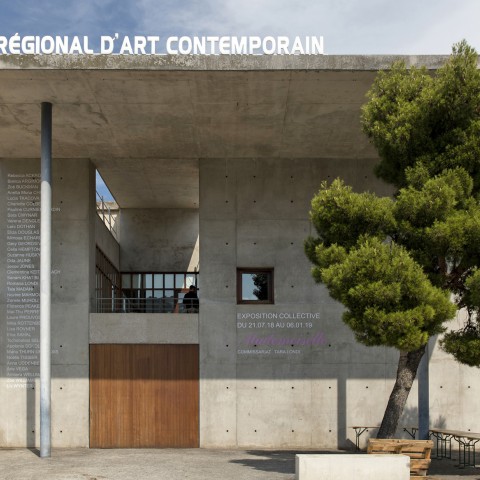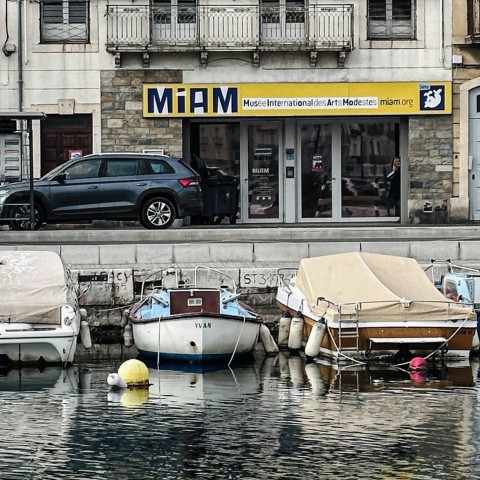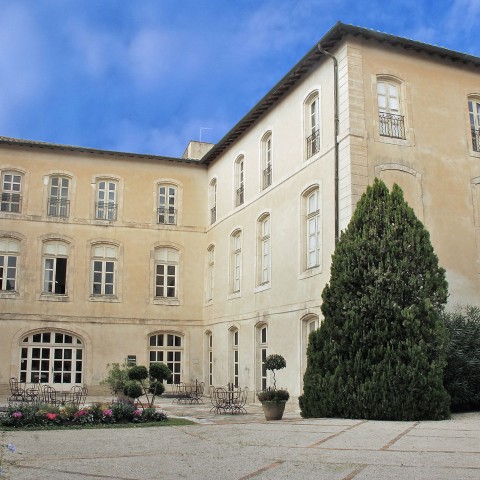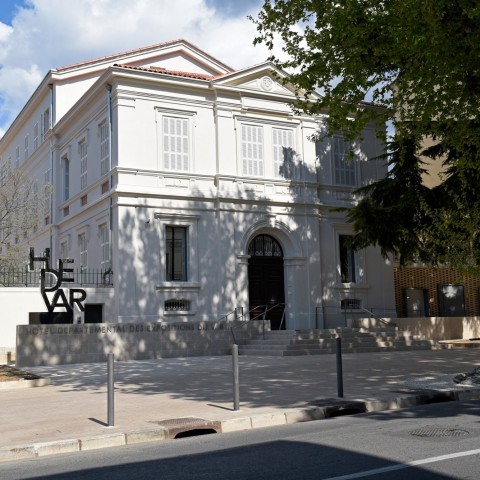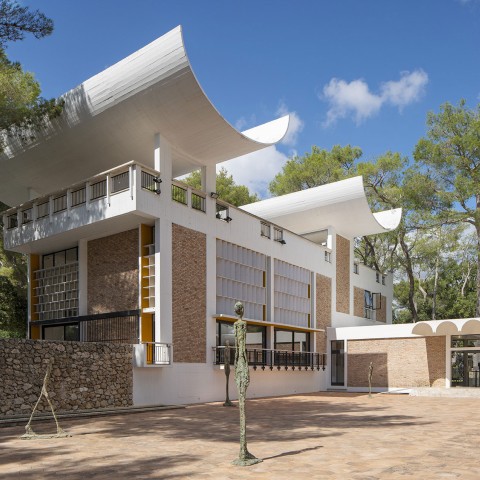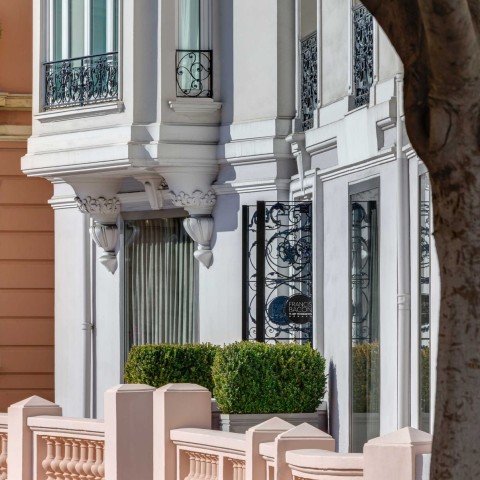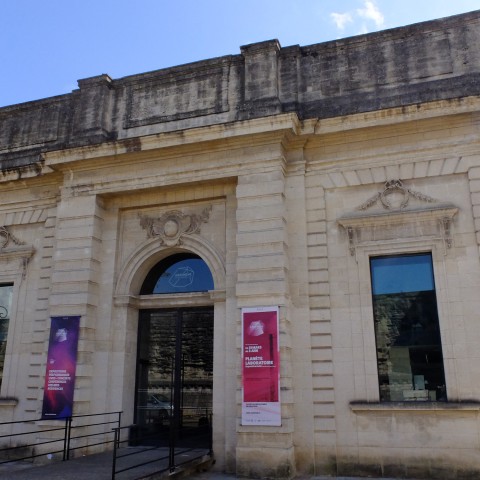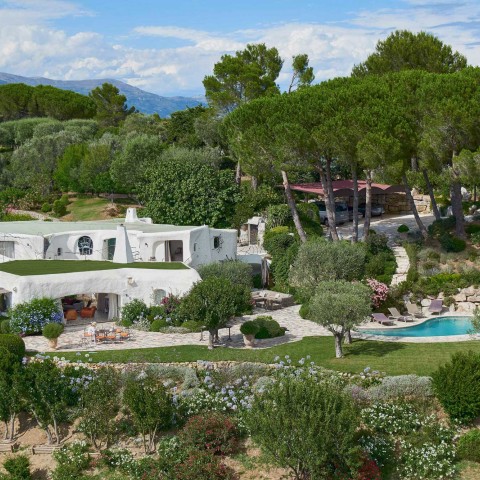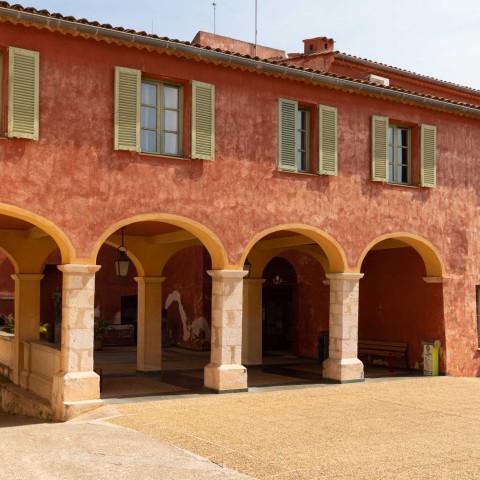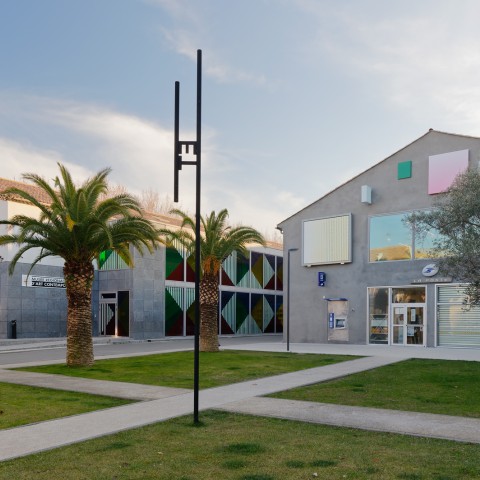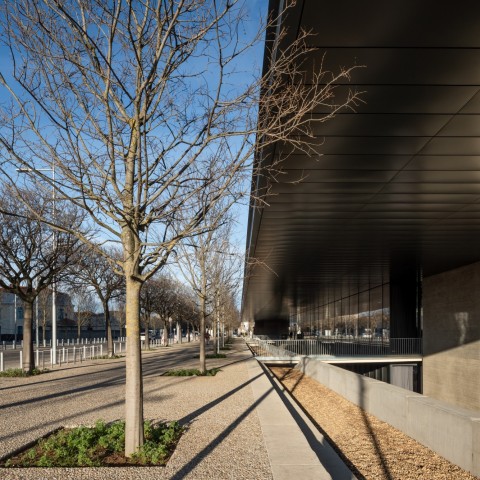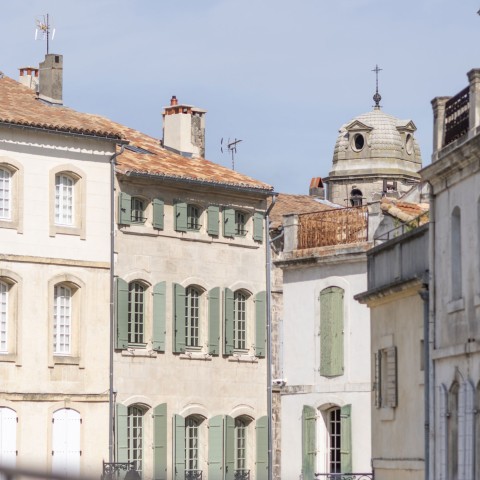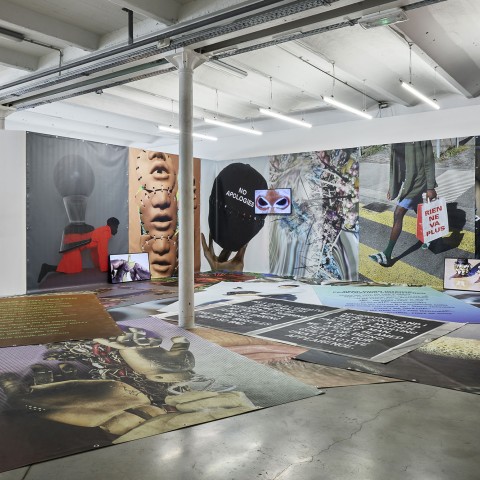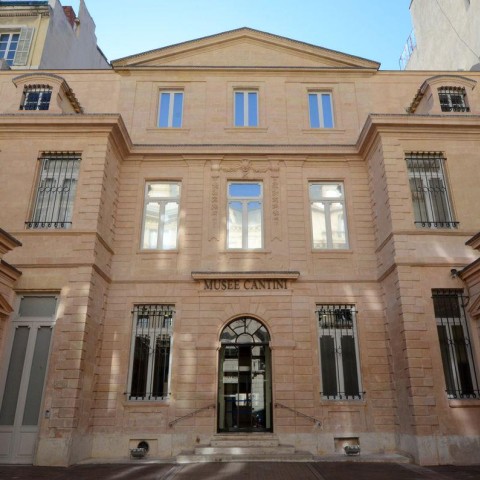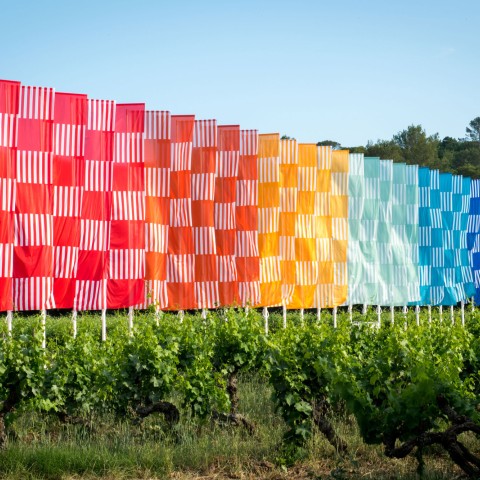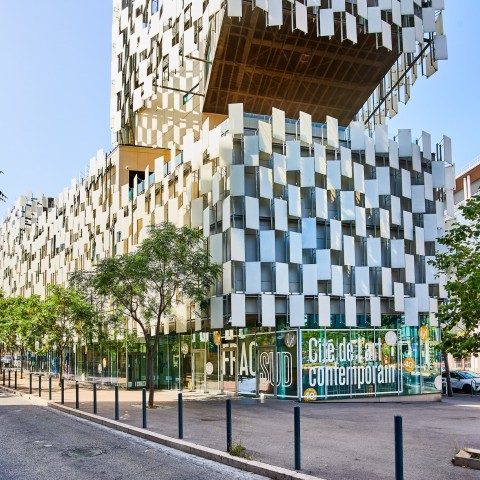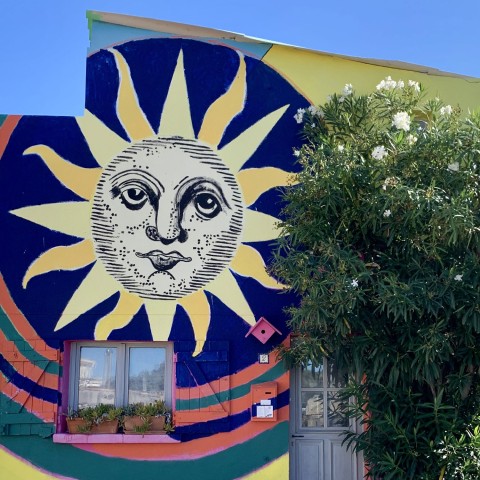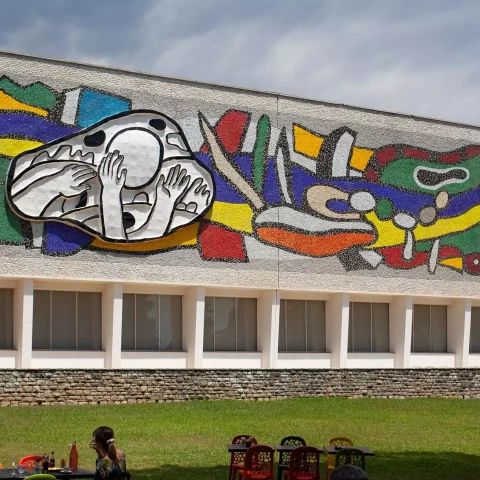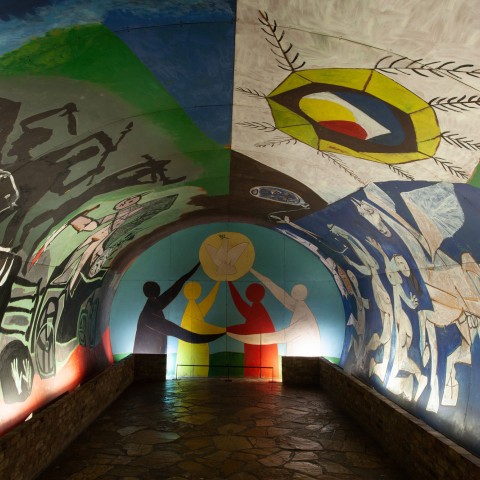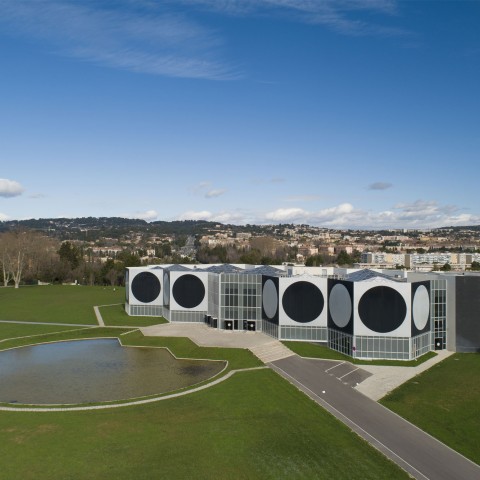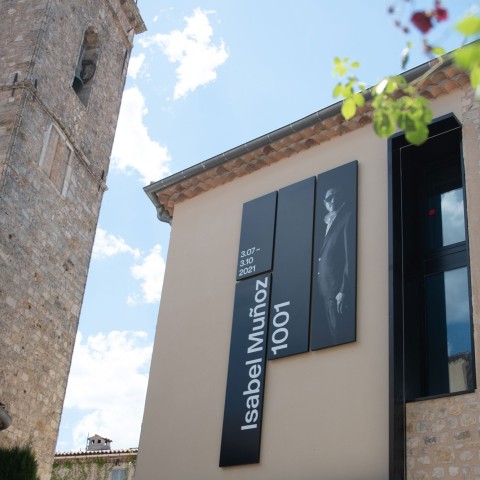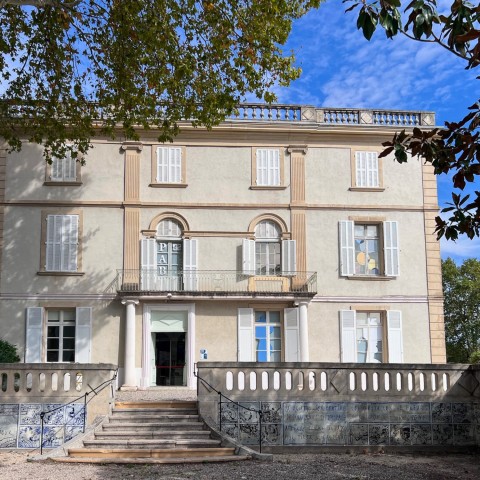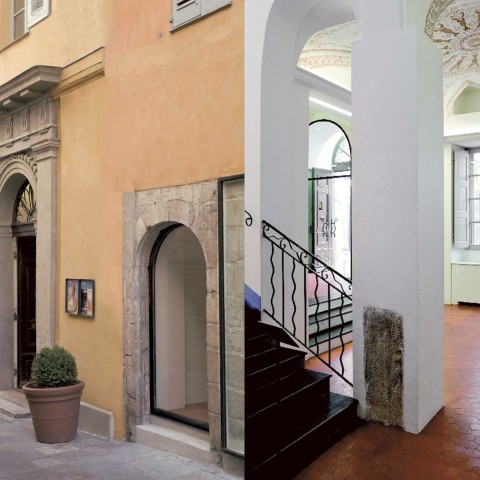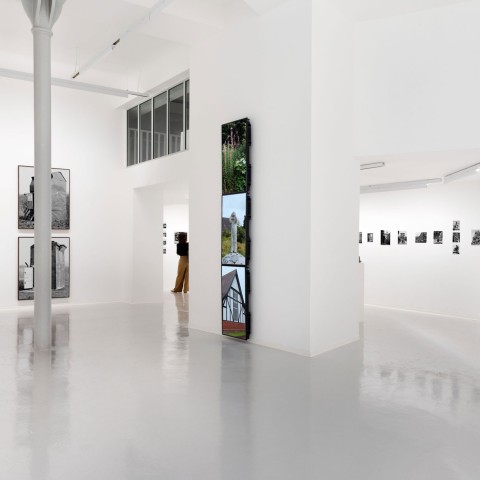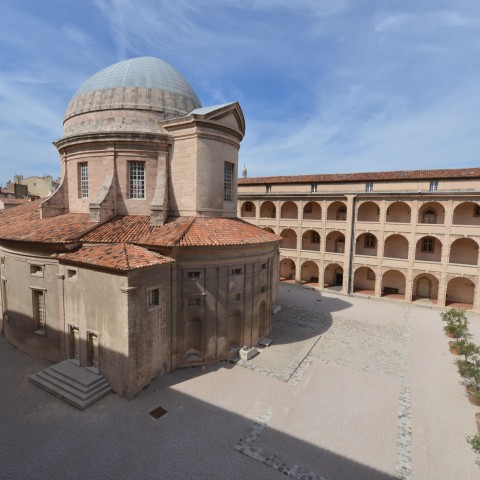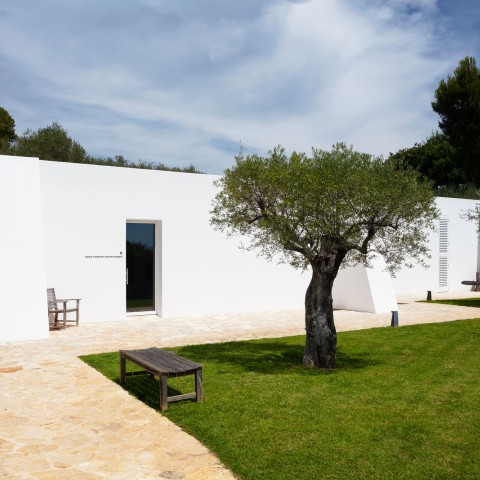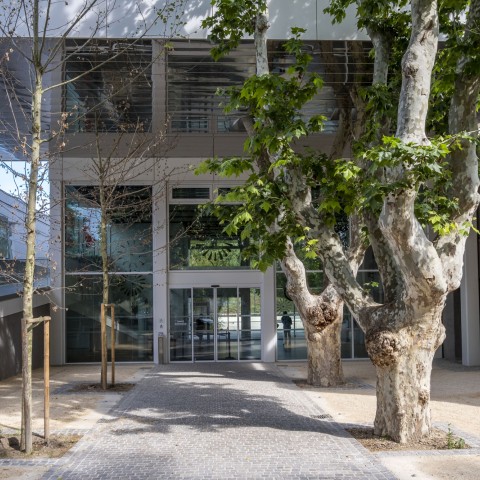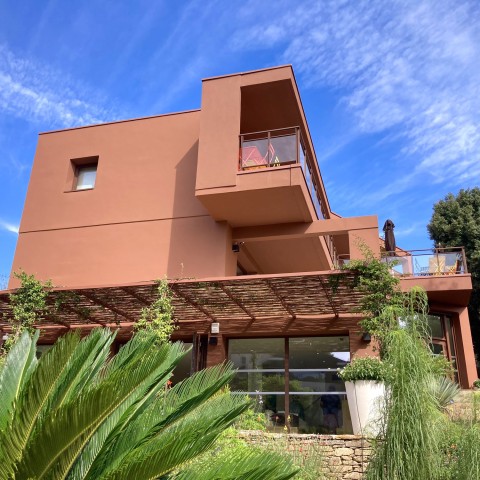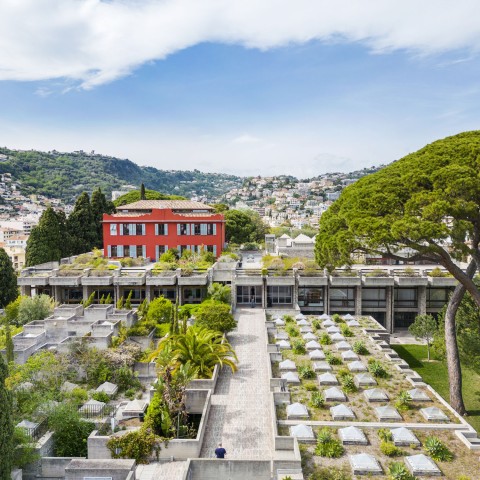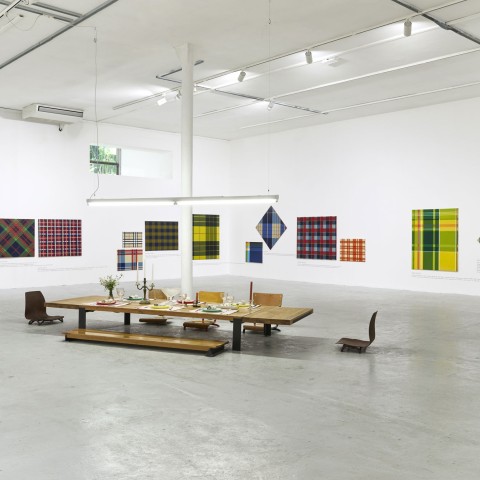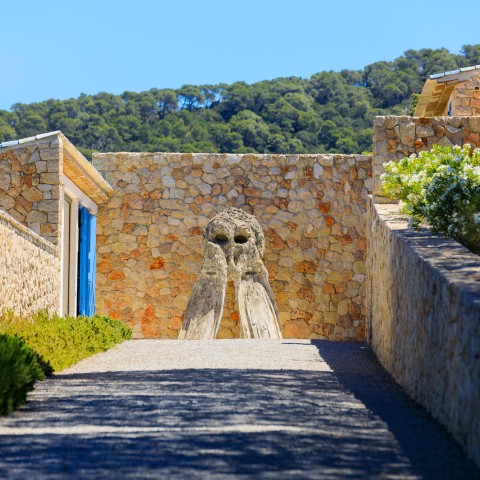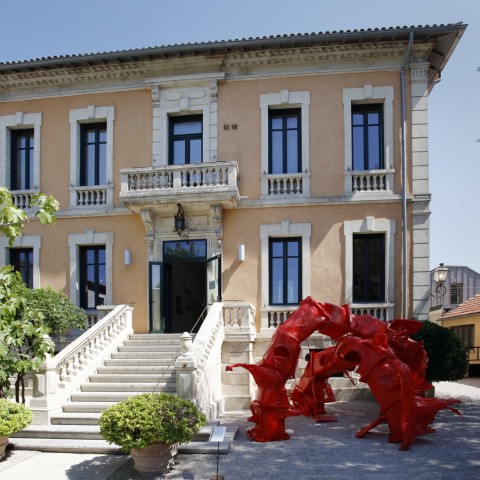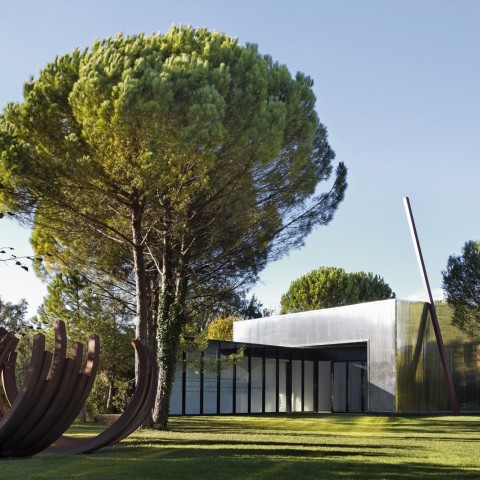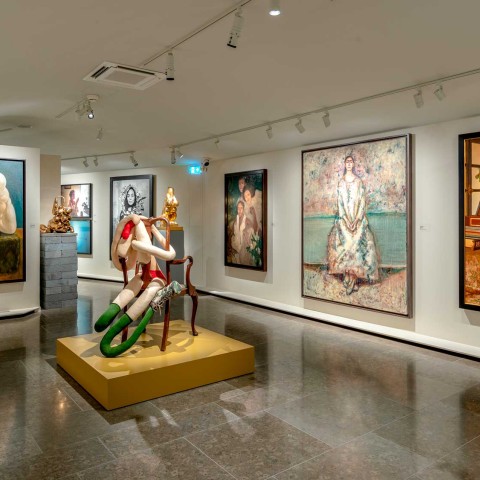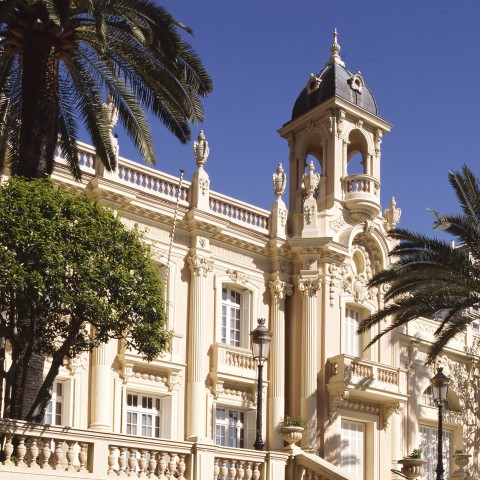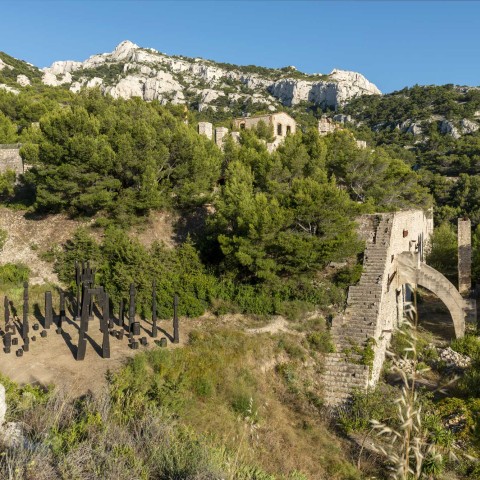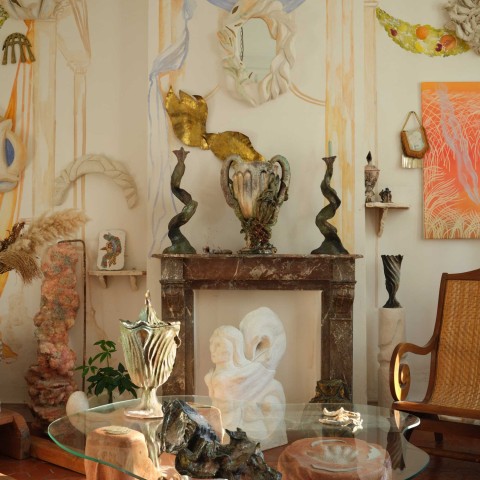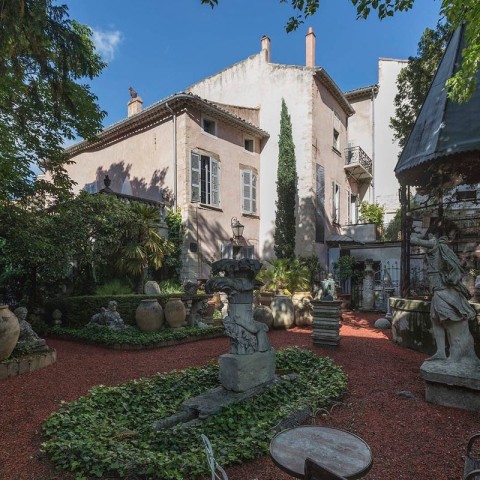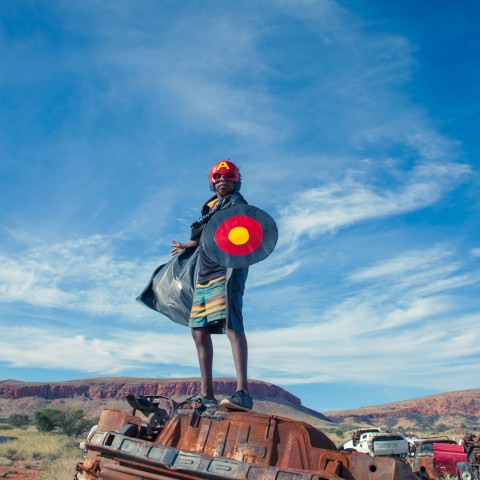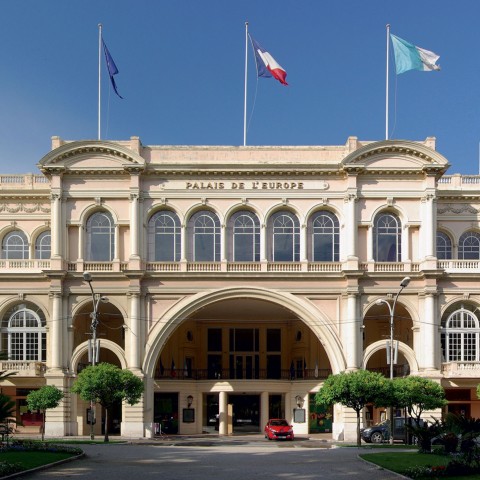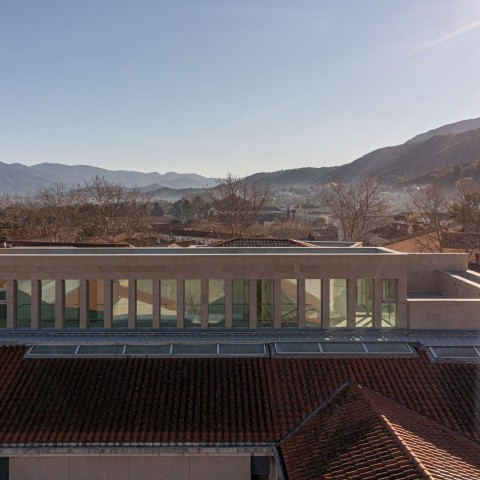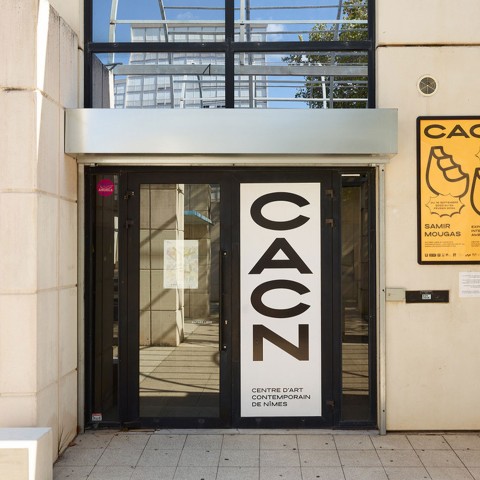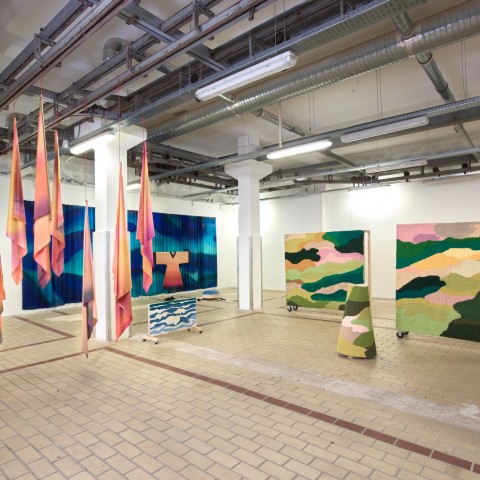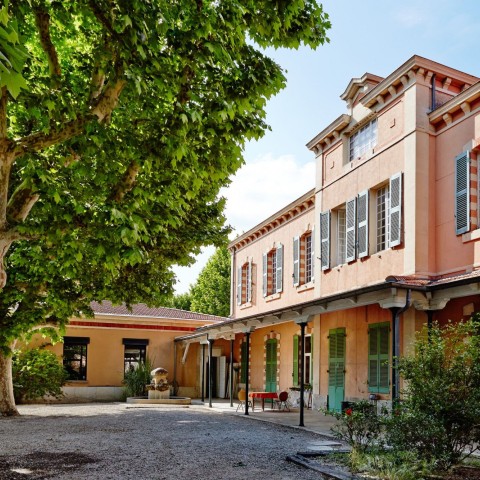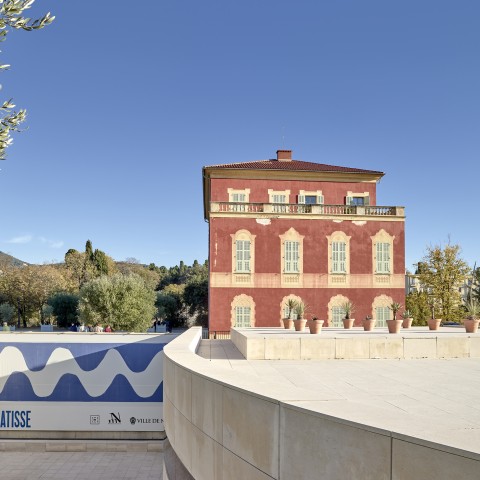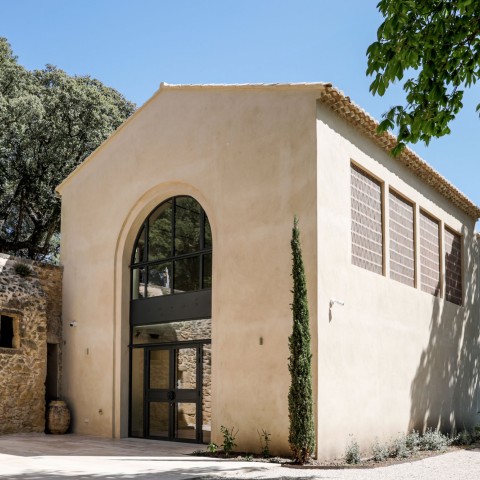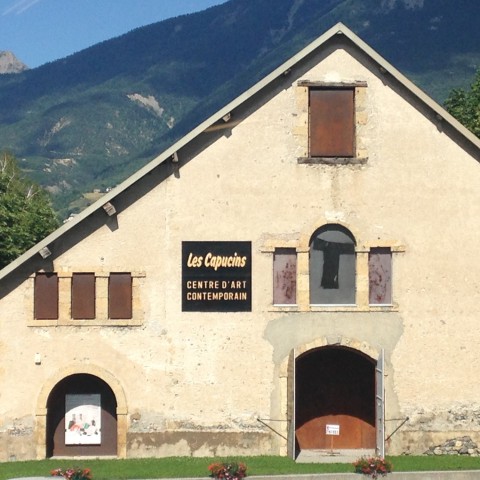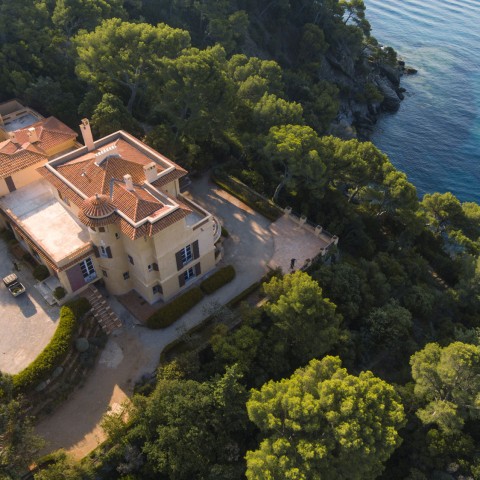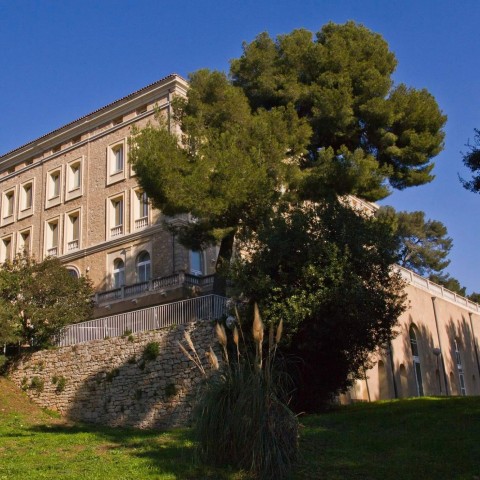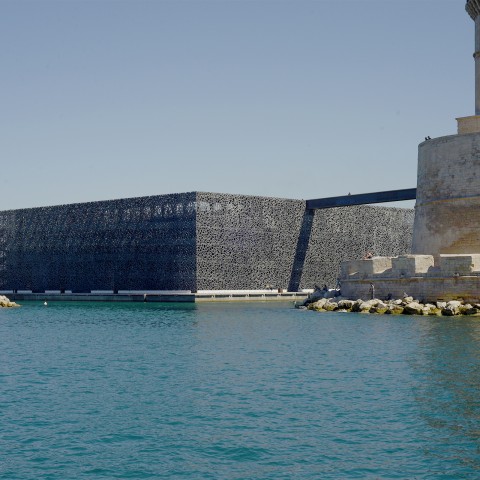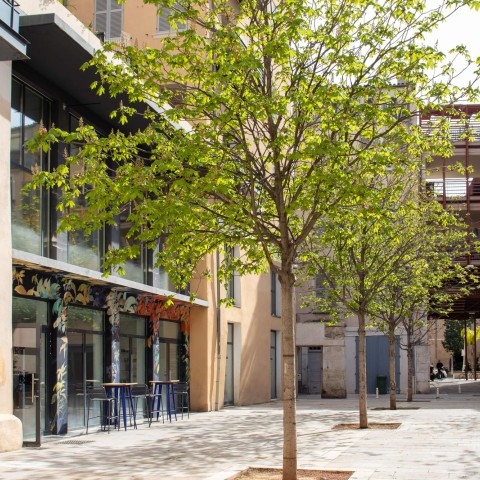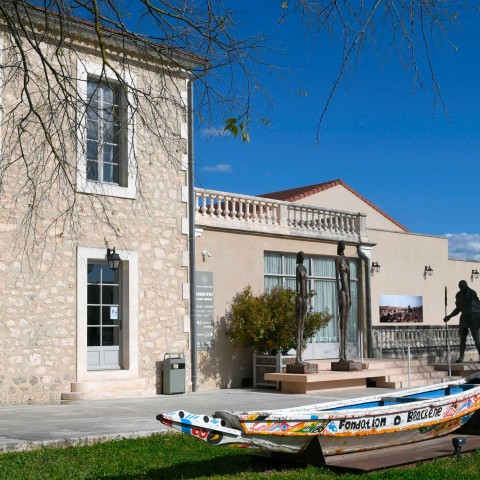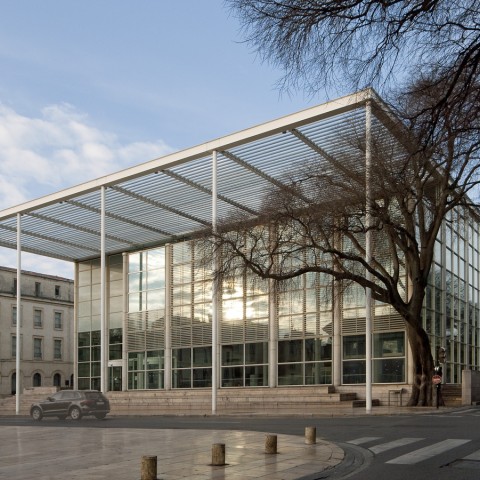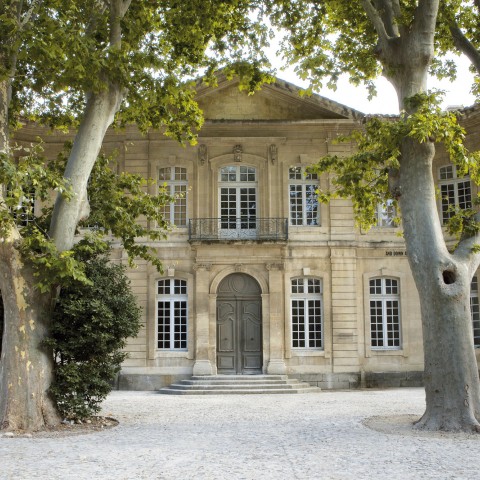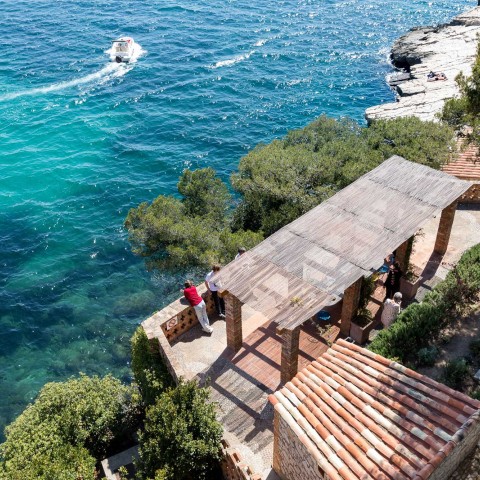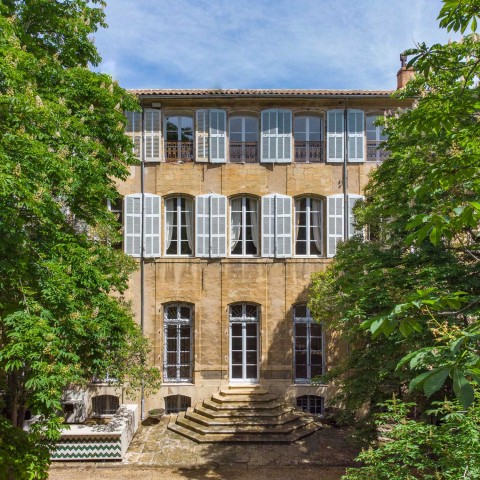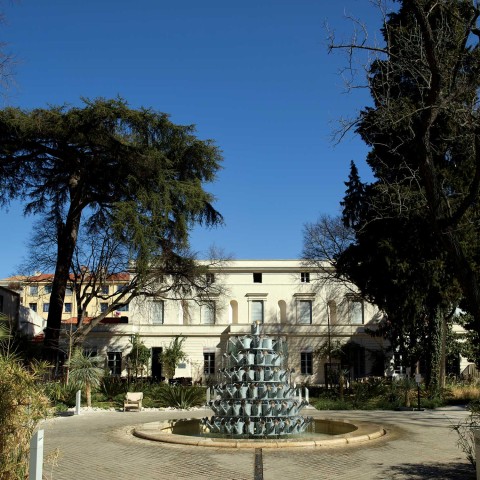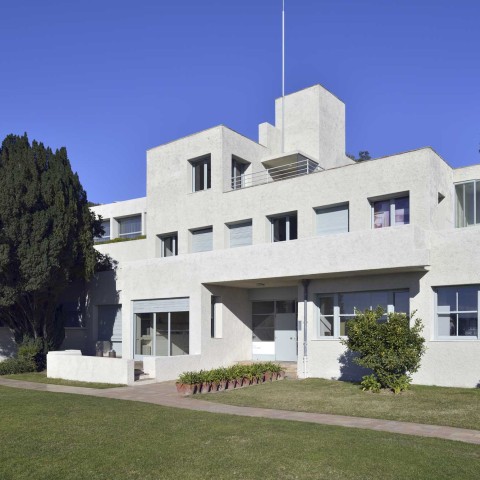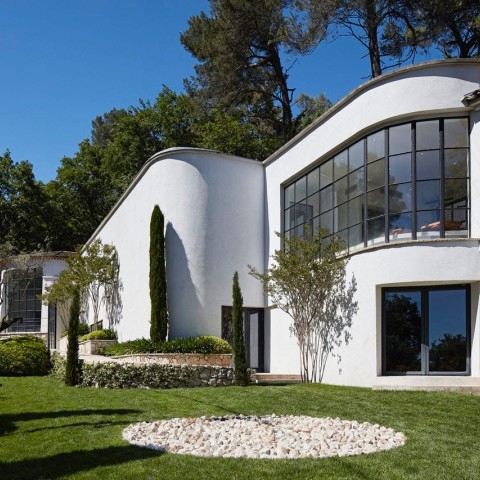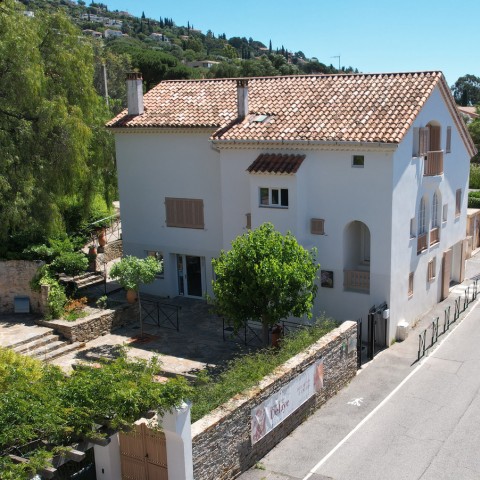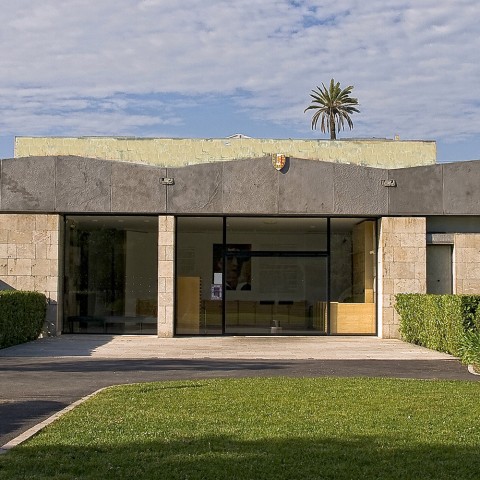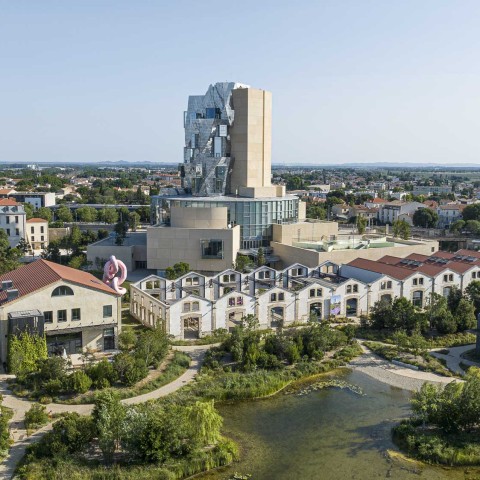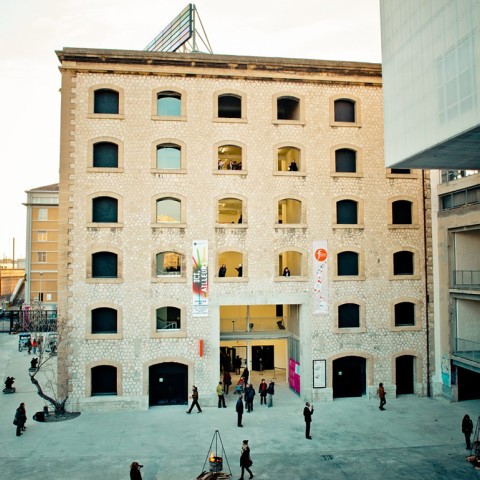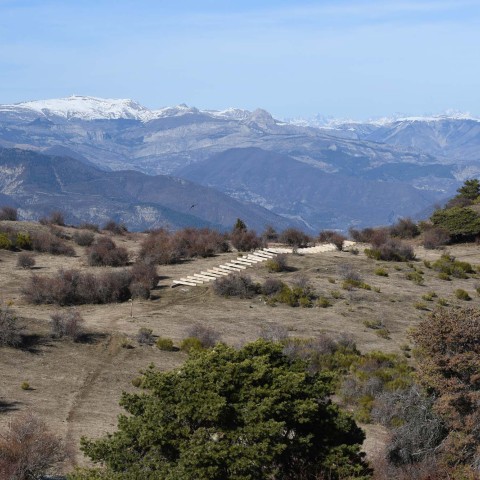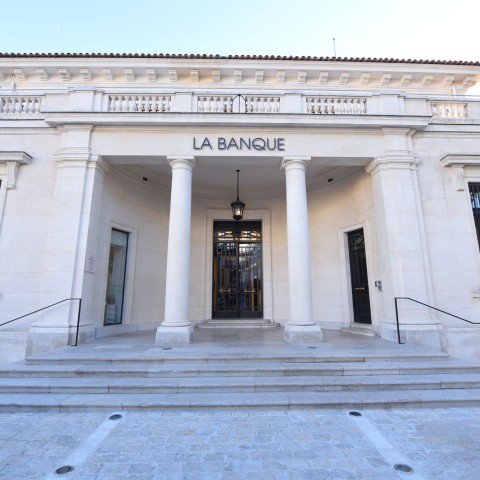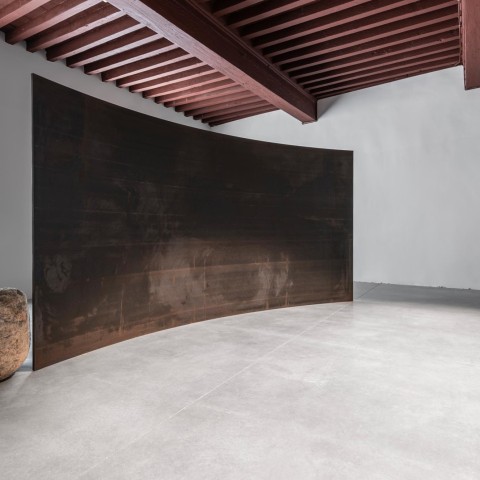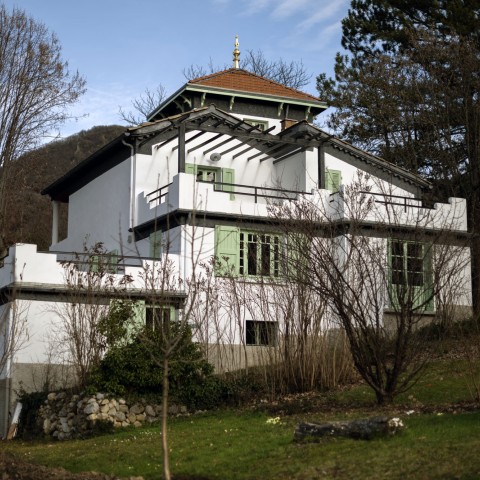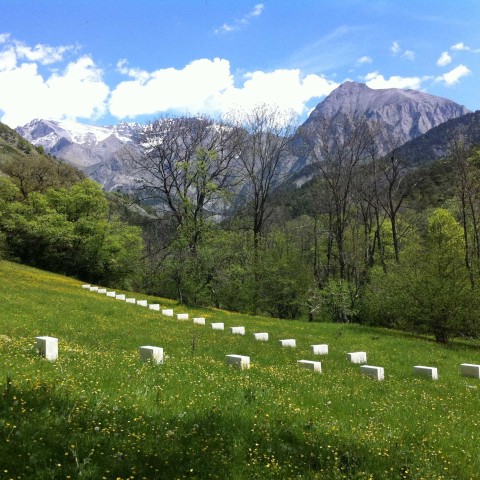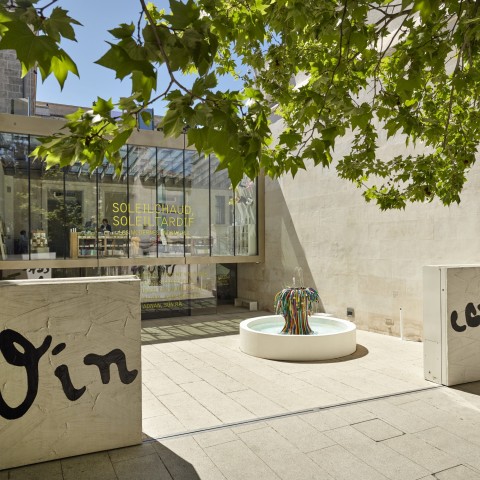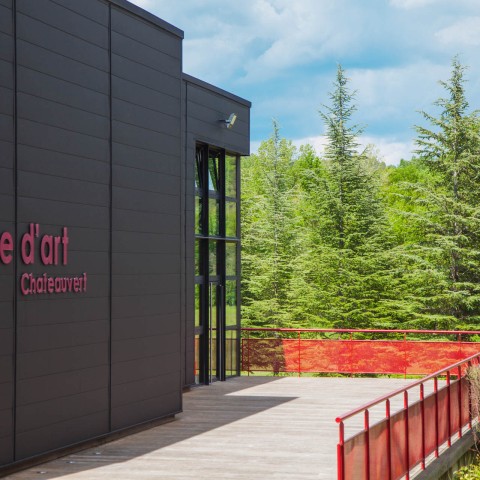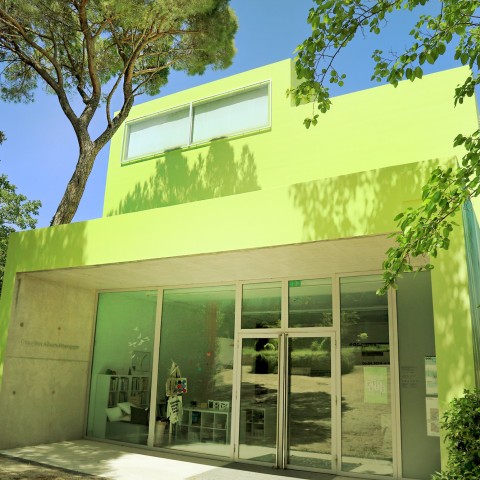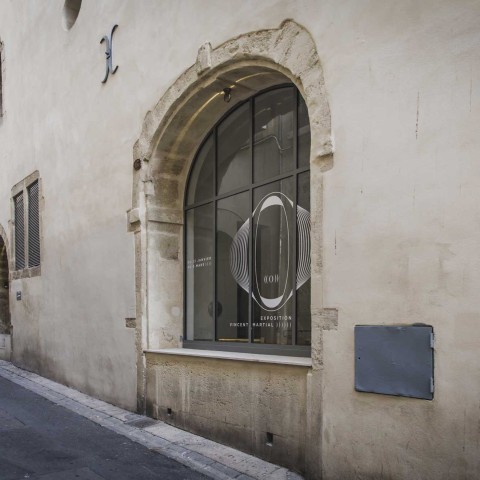Villa Tamaris Centre d'Art TPM
Located in the heart of a pine forest, perched on the heights of a hill right next to the Mediterranean Sea and the bay of Tamaris, Villa Tamaris was built at the end of the nineteenth century by an officer of the Merchant Navy, Blaise Michel Pacha. It extends over 3700 m2.
The Villa Tamaris, arts center of Métropole Toulon Provence Méditerranée, ranks among the major places dedicated to Photography. Put the images and those who make them possible in the spotlight is one of the assertive ambition of this top cultural institution.
Located in the heart of a pine forest, perched on the heights of a hill right next to the Mediterranean Sea and the bay of Tamaris, Villa Tamaris was built at the end of the nineteenth century by an officer of the Merchant Navy, Blaise Michel Pacha. It extends over 3700 m2.
The Villa Tamaris, arts center of Métropole Toulon Provence Méditerranée, ranks among the major places dedicated to Photography. Put the images and those who make them possible in the spotlight is one of the assertive ambition of this top cultural institution.
Programme
Sebastião Salgado, Genesis
The Villa Tamaris, art centre of the TPM Metropolis, is dedicating a major retrospective to Sebastião Salgado, highlighting one of his landmark projects: Genesis. This photographic journey is a quest for origins, exploring territories untouched by the modern world. Majestic landscapes, ancestral peoples and wild fauna form a mosaic of a nature that has remained unspoilt. From polar regions to arid deserts, from tropical forests to icy mountains, Salgado unveils the raw beauty of our planet. Genesis is both a tribute to this sovereign nature and a call to protect it.
Access
Centre d’art, Métropole Toulon Provence Méditerranée
295, avenue de la Grande Maison
83500 La Seyne-sur-Mer
+33 (0)4 94 06 84 00
villatamaris.fr
Wednesday to Sunday: 1.30pm to 6.30pm.
Guided tours and workshops on Saturday from 10 am to noon by reservation.
Free entry.
Locate other art venues in the vicinity on the map.
Discover our address book
PLACES TO DISCOVER
• Fort Napoléon
• Musée Balaguier
• Les Sablettes
• Port de Saint Elme
• Corniche de Tamaris
PLACES TO EAT/DRINK
• Le Georges
• La Tamarisienne
• Le Père Louis
• Restaurant La Jetée
• Le Provence Plage

